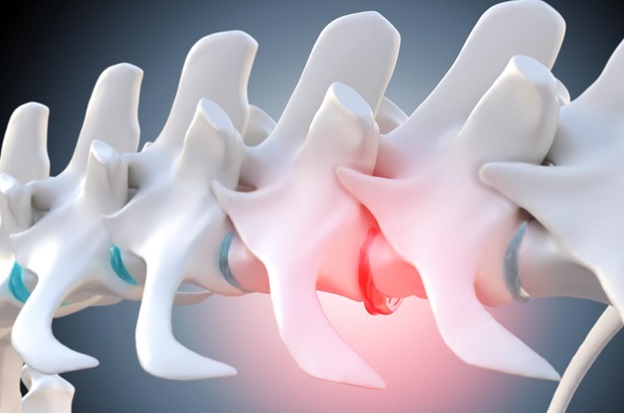Can A Degenerative Disc Heal on Its Own?
Degenerative disc disease is one of the most common causes of back and neck pain. Stemming from wear and tear on a spinal disc, degenerative disc disease often causes chronic dull, aching pain with episodes of severe shooting pain.
The most common locations where patients experience degenerative disc disease include the neck (cervical spine) and the lower back (lumbar spine). Since these areas experience the most stress and motion in the back, they are more likely to experience disc degeneration.
What Is a Degenerative Disc?
Spinal discs sit between the vertebrae or bones of the spine, acting as shock absorbers and keeping the spine flexible. However, the discs can thin over time, losing fluid and flattening. As the discs flatten, they can’t absorb shock, and patients begin to experience pain in their spine.
When a degenerative disc develops, the bones that the disc separated can begin to rub together, causing pain and leading to other spinal conditions, such as the following:
- Adult scoliosis
- Herniated disc
- Spinal stenosis
- Spondylolisthesis
The risk of developing a degenerative disc increases with age. In addition, patients who are obese, work physically demanding jobs, smoke, or have suffered acute injuries affecting the spine are more likely to develop painful degenerative disc symptoms.
Can a Degenerative Disc Heal on Its Own?
A degenerative disc cannot heal on its own. Common treatment recommendations for degenerative disc disease include following a healthy diet, exercising, and undergoing physical therapy. In addition, patients often manage their pain with over-the-counter pain relievers.
However, no traditional medical treatment is known to reverse the process. This is where regenerative medicine, also known as stem cell therapy, has been a new option many patients are exploring more of.
Stem Cells Offer a Potential New Treatment Option
The emergence of stem cell therapy as a management option for degenerative disc disease provides new hope for those experiencing chronic pain from the prevalent condition.
Stem cells can differentiate into specialized cells. When administered into targeted locations, stem cells work to repair and rebuild damaged tissue, reduce inflammation, and alleviate pain.
Research studies exploring the benefits of stem cell treatments in managing the pain and symptoms of degenerative disc disease offer promising results. Patients benefitting from stem cell therapy have experienced significantly less back pain, improved function, and increased range of motion.
Those who suffer from chronic, painful disc degeneration have limited options to find relief. However, as studies exploring the effects and benefits of regenerative medicine continue to show advantages for patients with degenerative disc disease, sufferers may finally be able to move without pain.
This post was written by a medical professional at Stemedix Inc. At Stemedix we provide access to Regenerative Medicine for back pain, also known as stem cell therapy for degenerative disc disease. Regenerative medicine has the natural potential to help improve symptoms sometimes lost from the progression of many conditions.


